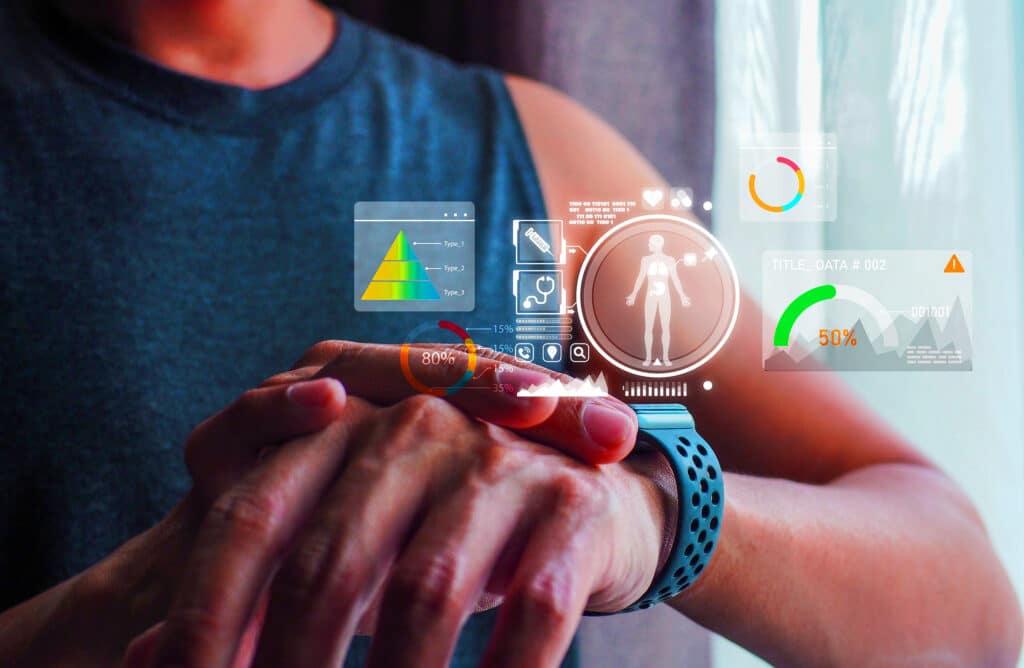
Excerpted from a Bradley Arant Boult Cummings LLP Blog by Cortlin Bond and Anne Yuengert
What does the EEOC have to do with smart watches, rings, glasses, helmets and other devices that track bodily movement and other data? These devices, known as “wearables,” can track location, brain activity, heart rate, and other mental or physical information about the wearer, which has led some employers to require their employees to wear company-issued wearables. While the wearables may provide useful data, the EEOC recently warned employers to watch out for the dangers associated with them. You can find the full guidance here.
What to watch out for
Per the EEOC’s guidance, there are three categories of risk.
1. Collecting Information – Among other things, wearables collect information related to employees’ physical or mental condition (e.g., heart rate and blood pressure). The EEOC warned that collecting this type of information may pose risks under the Americans with Disabilities Act.
The EEOC considers tracking this sort of information as the equivalent of a disability-related inquiry, or even a medical examination under the ADA. Both inquiries and medical examinations for all employees (not just those with disabilities) are limited to situations where the inquiry or exam is job-related and consistent with business necessity or otherwise permitted by the ADA. The ADA allows inquiries and examinations for employees in the following circumstances:
- When a federal, safety-related law or regulation allows for the inquiry or exam,
- For certain public-safety related positions (e.g., police or firefighters), or
- If the inquiry or exam is voluntary and part of the employer’s health program that is reasonably designed to promote health or prevent disease.
Outside of these three exceptions, the ADA prohibits disability-related inquiries and medical examinations. Also, if you are tracking this information, keep it confidential, just like you would any other medical information.
2. Using Information – Even if collection is permitted, employers must use caution when determining how to use the information. If an employer uses the information in a way that adversely affects employees due to a protected status, it could trigger anti-discrimination laws. A few cautionary examples from the guidance:
- Using heart rate or other information to infer an employee is pregnant, then taking adverse action against her
- Relying on wearable data, which is less accurate for individuals with dark skin, and making an adverse decision based on that data
- Tracking an employee’s location, particularly when they are on a break or off work, and asking questions about their visits to medical facilities, which could elicit genetic information
- Analyzing heart rate data to infer or predict menopause and refusing to promote employee because of sex, age, and/or disability
- Increased tracking of employees who have previously reported allegations of discrimination or other protected activity
Employers need to be cautious about policies regarding mandated-wearable use. Requiring some, but not all, employees to wear these devices may trigger risks of discrimination under Title VII.
3. Reasonable Accommodations – Even if an employer’s mandated-wearable requirement meets one of the above-listed exceptions, you may need to make reasonable accommodations if an employee meets the requirements for a religious exception or based on pregnancy or disability.
Takeaways
Technology in the workplace is ever-changing, and you need to stay informed about potential issues before you decide to use it. Do you need this information? If so, do you need it on all of your employees? Remember that if you don’t know about an employee’s protected status, you are less likely to be accused of basing a decision on it. Before you implement (or continue using) mandated wearables, meet with your employment lawyer to work out a plan for implementation, follow-up, and continued policy monitoring for these devices.
For the full story, please click here.
